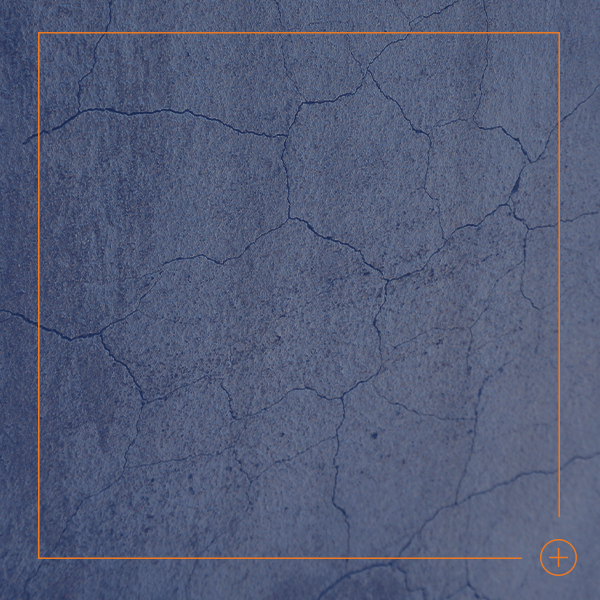
You ask, we answer! As part of our limited series, we give you the chance to ask our forensic experts questions about the evaluation of damage to buildings, equipment, and…

You ask, we answer! As part of our limited series, we give you the chance to ask our forensic experts questions about the evaluation of damage to buildings, equipment, and…

You ask, we answer! As part of our limited series, we give you the chance to ask our forensic experts questions about the evaluation of damage to buildings, equipment, and…
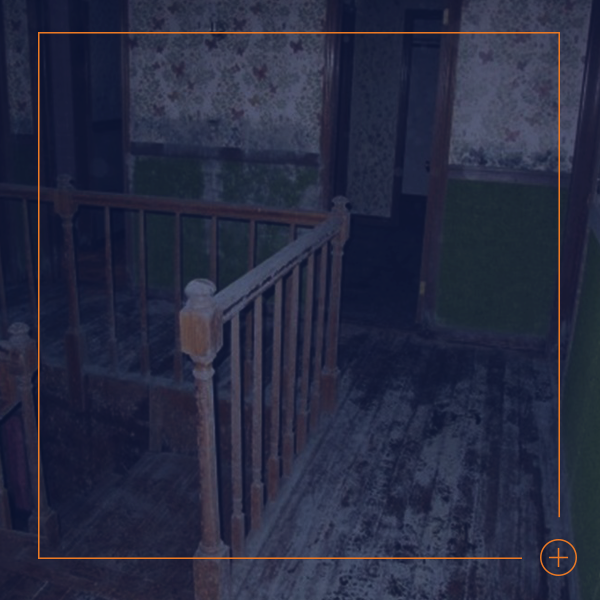
As we move toward the heart of winter, we can expect failures related to winter storms and freezing temperatures. Plumbing system failures due to freezing can occur at this time…
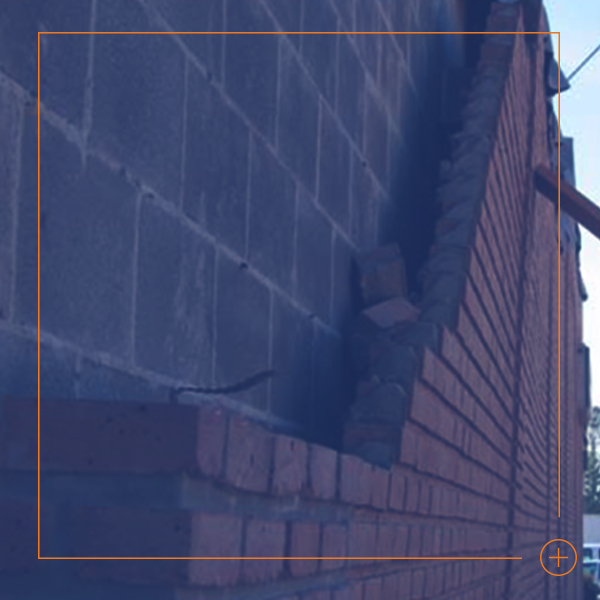
Modern masonry veneer systems typically consist of a single wythe or layer of brick, concrete, artificial stone, or natural stone units. These veneers are commonly attached to structures with metal…
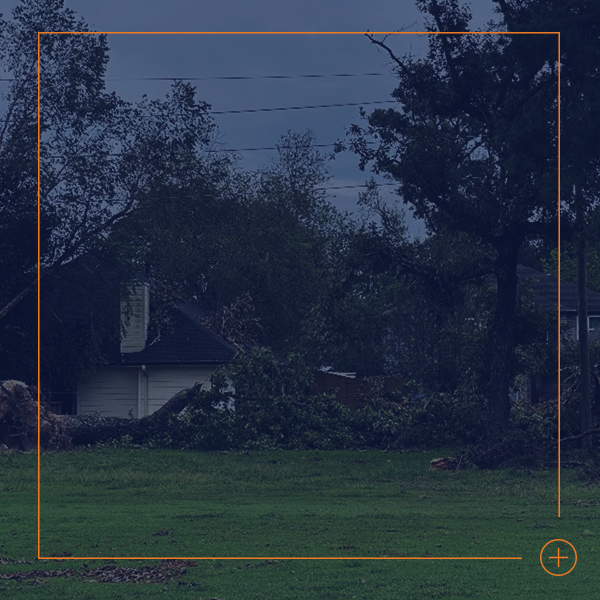
Fallen trees and tree limbs are a common occurrence in areas affected by high winds, such as those from a hurricane. This can result in damage to power lines and…
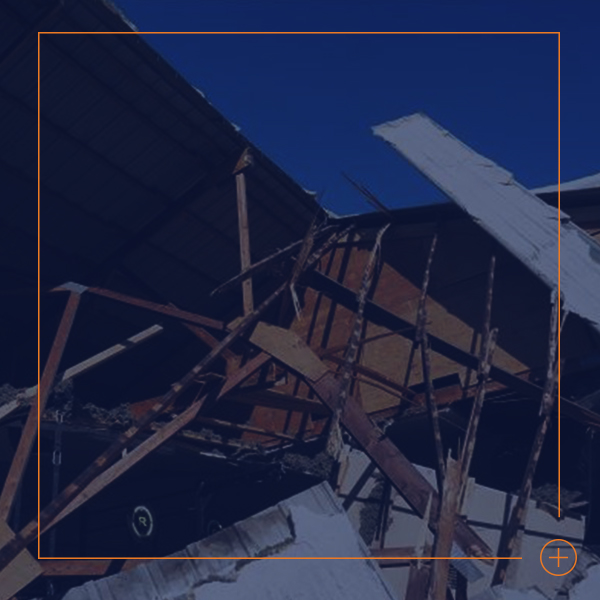
In many parts of the country, the arrival of the new year commonly corresponds with the arrival of concern about the effects of severe winter weather. January through March are…
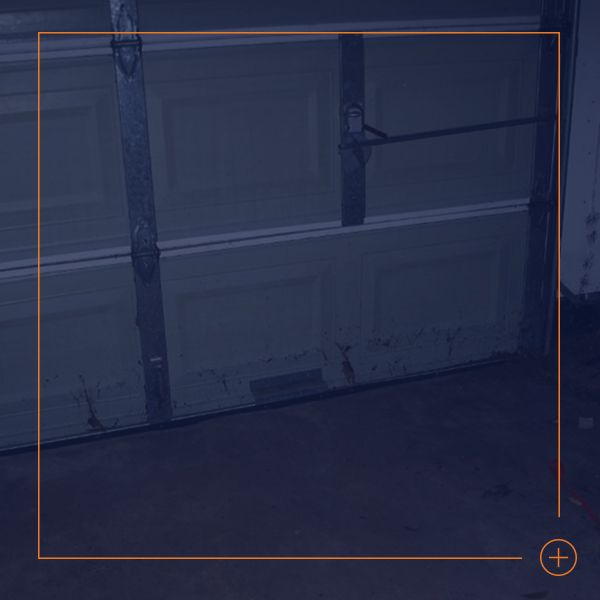
Flood events often cause widespread damage to buildings, equipment, and other property. Once flood waters have subsided and an affected site has dried out for days, weeks, or months, it…
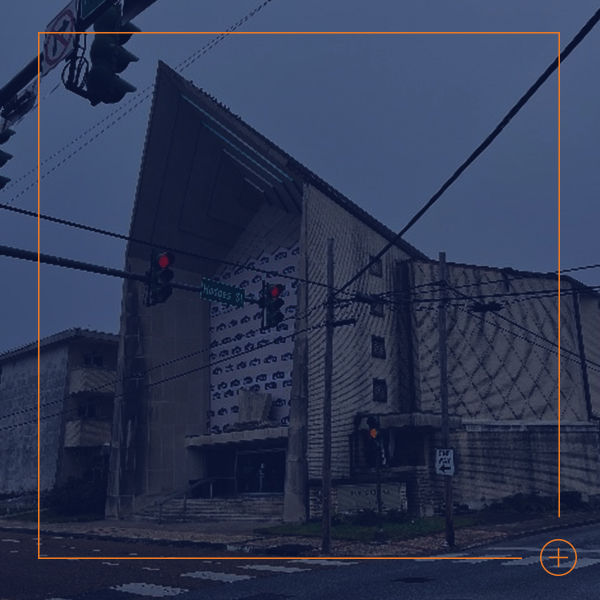
Churches are designed to accommodate worship space for several hundred to several thousand (or more) congregants who come together as a faith community. During services, the congregation focuses on a…
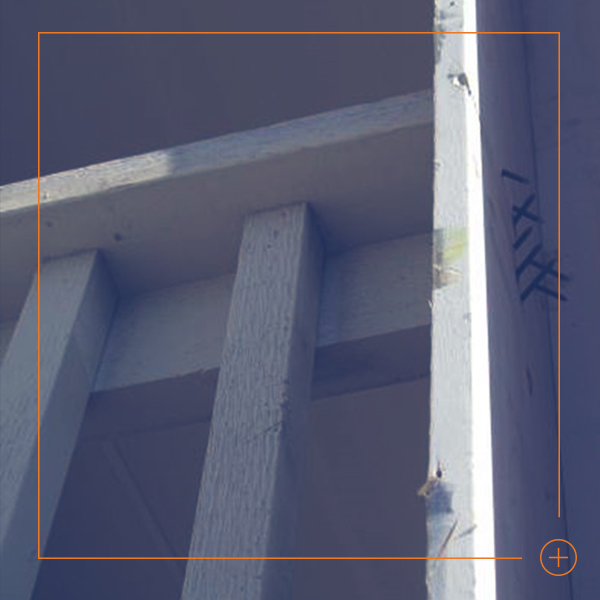
Because balconies often provide an easily accessible outdoor space with a view, they serve as an area for people to congregate. Balcony railings (or “guards”) are used to minimize the…